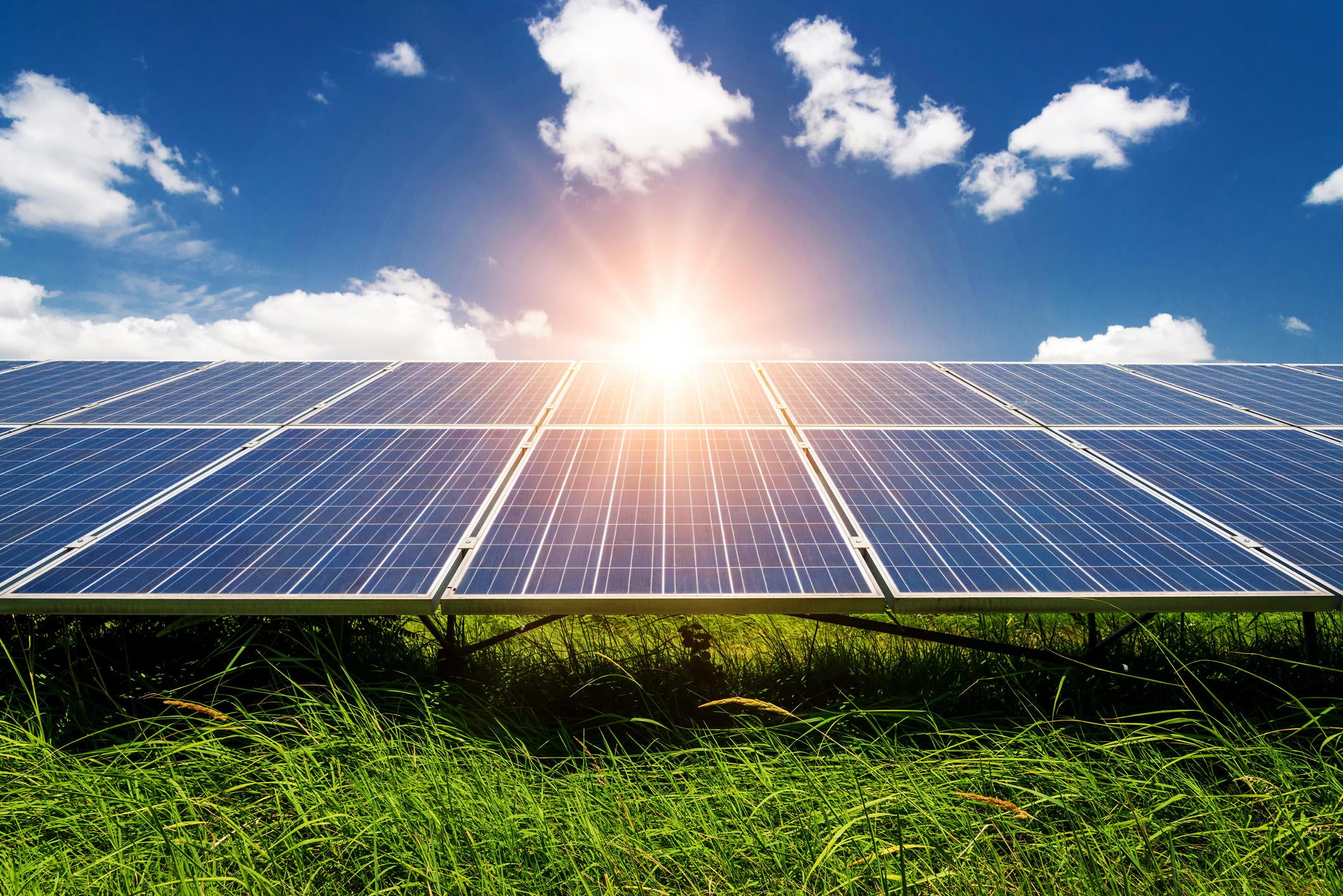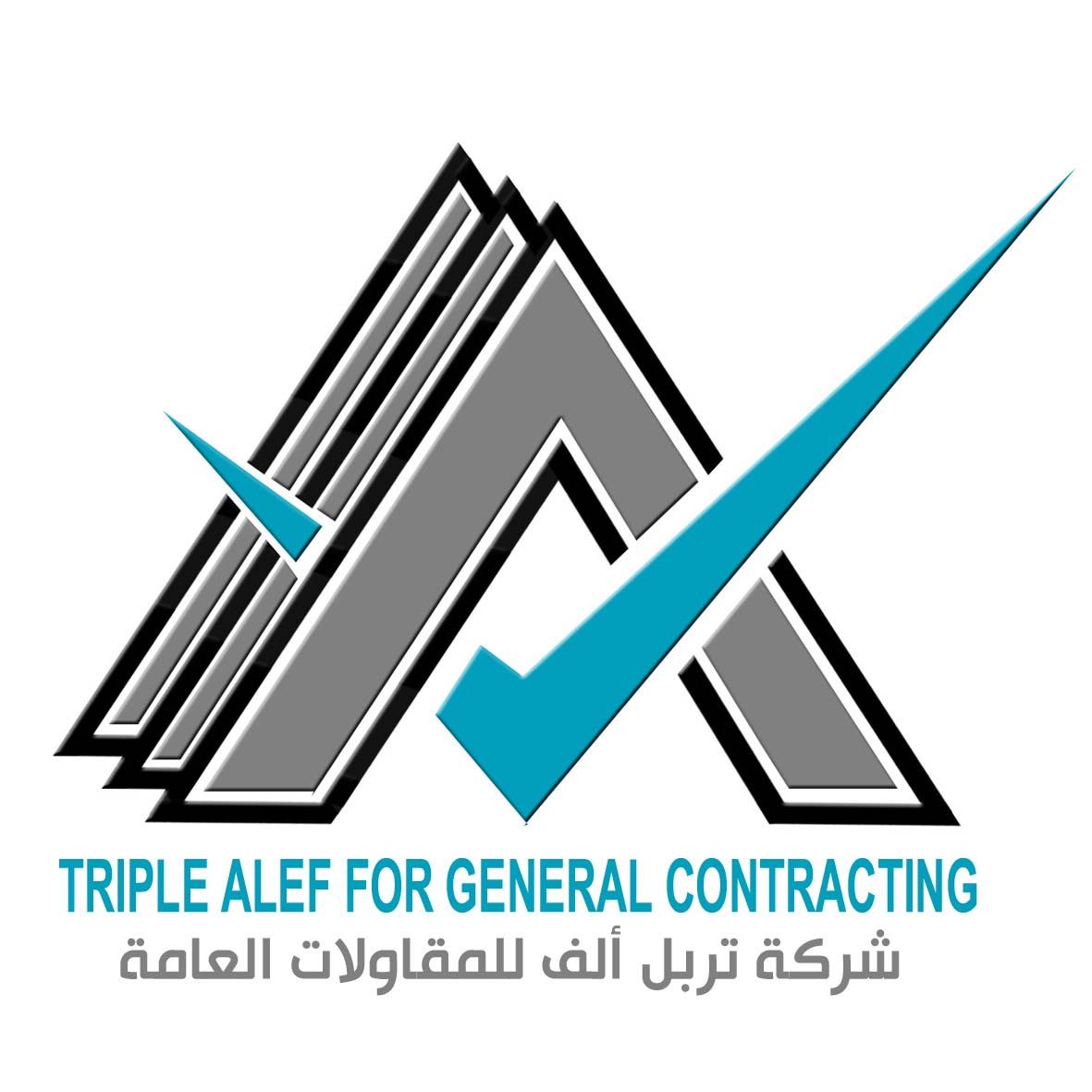
Solar Energy
Solar power is simply usable energy generated from the sun in the form of electric or thermal energy. Solar energy is captured in a variety of ways, the most common of which is with a photovoltaic solar panel system, or PV system, that converts the sun’s rays into usable electricity. Aside from using photovoltaics to generate electricity, solar energy is commonly used in thermal applications to heat indoor spaces or fluids. Residential and commercial property owners can install solar hot water systems and design their buildings with passive solar heating in mind to fully take advantage of the sun's energy with solar technology.
benefiting from solar power is Solar panels are installed at three main scales: residential, commercial, and utility. Residential-scale solar is typically installed on rooftops of homes or in open land (ground-mounted) and is generally between 5 and 20 kilowatts (kW), depending on the size of a property. Commercial solar energy projects are generally installed at a greater scale than residential solar. Though individual installations can vary greatly in size and cost, commercial-scale solar arrays serve a consistent purpose: to provide on-site solar power to businesses and nonprofits. Finally, utility-scale solar projects are typically large, several megawatt (MW) installations that provide solar energy to a large number of utility customers.
Solar panel installations are very straightforward systems. There are only four main components to any solar panel system, and no moving parts, making them very efficient to install and maintain. The four components of a solar panel system are:
- Solar photovoltaic panels–to convert solar energy into electricity
- Inverters–to convert DC electricity into AC electricity
- Racking and mounting systems–to affix your solar panels to your roof (or to the ground, depending upon your installation type)
- Performance monitoring systems–to track and monitor the output and health of your solar panels and inverters.
Riser diagram:



